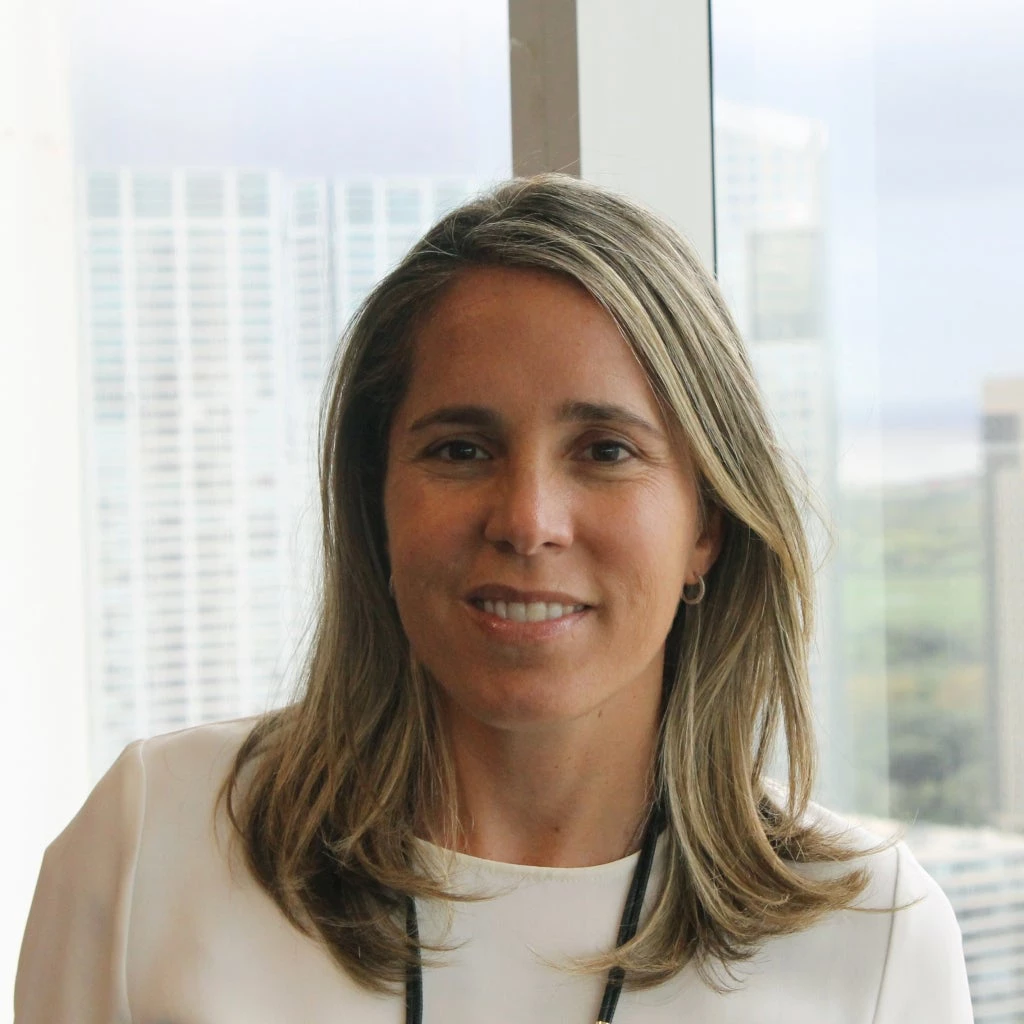 Young girl crossing the street on her way to school | Image: Unsplash/gor myznik
Young girl crossing the street on her way to school | Image: Unsplash/gor myznik
Each year, 1.35 million people lose their lives in road crashes, and 90% of these fatalities occur in developing countries. The costs of these preventable fatalities do not end at the roadside; they create ripple effects throughout the wider economy. Loss of income, property damage, insurance premiums, loss of taxes, and burdens on the health sector are just some of the far-reaching costs associated with road traffic crashes. Although these costs are dispersed, they add up, reaching as much as $1.7 trillion per year, or about 6% of the GDP of lower- to middle-income countries. Ultimately, these costs are mostly borne by victims’ households, and can trap them in poverty. More needs to be done, on a global level, to prevent road crashes and make transport safer.
In September 2020, the international community, including the UN General Assembly and the World Health Organization, reaffirmed the commitment to halving road deaths by 2030 through a Second Decade of Action for Road Safety 2021-2030. A focus of the implementation plan is financing: who should foot the bill for improving road safety worldwide?

Historically, road safety initiatives have been underfunded. The market’s failure to appropriately account for the costs of road crashes is one of the prime reasons for underinvestment from the private sector into road safety. As the costs of dangerous roads are dispersed across the economy, there is little financial incentive for private road owners to invest in safety beyond the minimum enforced standards, and in cost-competitive environments this can lead important safety investments to become deprioritized. Although many private and public actors will benefit financially from safer roads, such as the health care sector, insurance companies, or operators of commercial fleets, many of these beneficiaries currently face barriers to engaging in crash prevention due to a lack of discrete, investable projects

A new report explains these models and offers indicators that can be used to incentivize borrowers to commit to road safety as part of SLFs. A key step to increasing investment in road safety is to weave it into sustainability strategies and performance targets. By doing this, road safety can benefit from the growing momentum towards socially responsible investment. More investors and companies are required or are opting into reporting on their environmental, social, and governance (ESG) impact, and the sustainable finance market has seen huge growth in the number of investors seeking pro-social investment opportunities that directly target the SDGs.
To help position road safety within the growing sustainable finance market, in December 2021, the World Bank Treasury issued its first sustainable development bond linked to road safety. Over 10 years ago, the World Bank issued its first green bond, creating the blueprint for the green bond market and kickstarting what would become the sustainable debt market, which reached over $2 trillion in issuance just last year. We hope that the issuance of this themed bond will have a similar impact, helping position this topic in the sustainable debt market to expand the pool of available capital for road safety.
The IFC has also begun structuring PPP projects to include road safety performance targets and economic incentives for achieving them. In Brazil, IFC structured the first road PPP project to include safety performance targets—using the iRAP methodology—and economic incentives for the concessionaire to achieve these targets in the state of São Paulo, leading to the incorporation of this feature in multiple new IFC-structured concessions in the country. Road safety is also included as one of the key sustainability goals in its financing pitches to cities, road sponsors, and logistics companies, and is working on a couple of potential SLFs linked to this objective. IFC is currently evaluating potential products that incentivize additional investments in road safety with clients in Africa and South Asia.
In parallel, World Bank teams are working with governments in Latin America and South Asia to create the enabling environment needed for private sector capital to flow to road safety investments by building the investment case, designing blended finance mechanisms, and identifying sources of revenue.
The World Bank Group is committed to continue working on innovative solutions to help mobilize private capital to save lives on the road. Stay tuned for more projects to come. This is just the beginning!
Download and read the full report
Related Posts
Maximizing finance for safe and resilient roads
Why is speed hurting so many people?
Scaling private sector participation to build better roads in Brazil
Steering Colombia’s future: Ruta del Sol lays the foundation for nation’s road PPPs
Renewing Our Commitment to Road Safety in Nepal



Join the Conversation